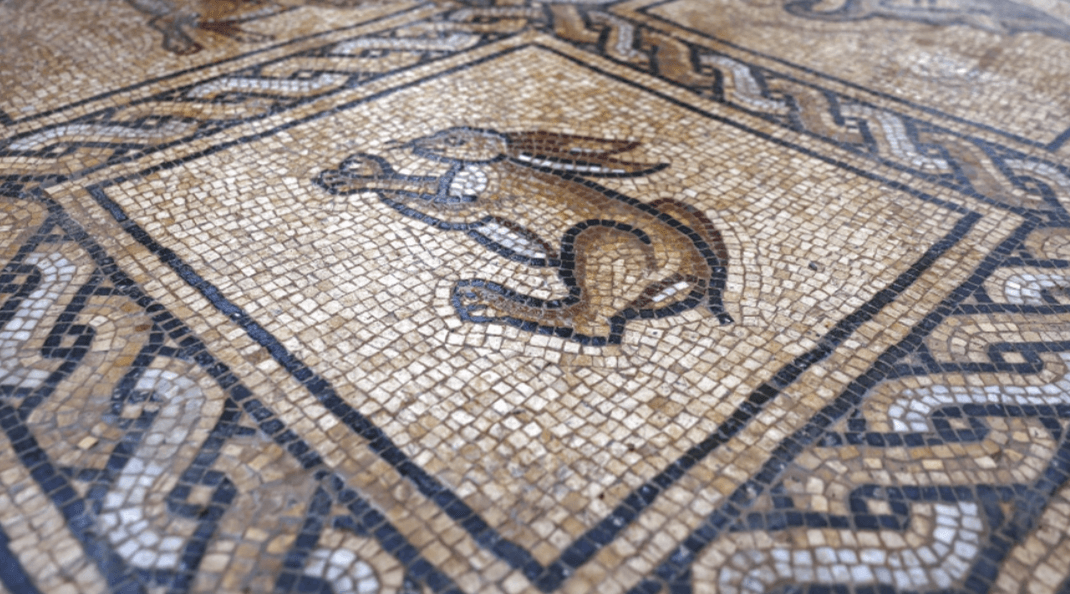7 XI 2024: Jakob Riemenschneider (Universität Giessen), Social distinctions and commonalities in sixth-century Gaza

Abstract
One of the more common paradigms for the study of late antiquity is that of fragmentation – fragmentation of political entities, fragmentation of Mediterranean identities, and fragmentation in the social fabric. Between the appearance of new would-be states to the emergence of separate churches, it seems obvious that things are breaking apart in the bigger picture. The question is whether this overall assessment is applicable to smaller worlds. Only very rarely we can observe a genuine small world – such as a city and its suburbs. In sixth century Gaza, this is fortunately the case. A broad spectrum of written sources from different backgrounds but in a small spatial and chronological frame allow us to see the everyday interactions of individuals and social formations. A community built on distinct social and religious markers appears, which is nonetheless able to incorporate its differences and maintain essential commonalities. Monks and magistrates, bishops and rhetoricians, peasants and the local aristocracy, all created this small late antique world.
